1.
Introduction
In this paper, we aim to develop a novel weak Galerkin (WG) finite element method for the biharmonic equation that is applicable to non-convex polytopal meshes and eliminates the need for traditional stabilizers. To this aim, we consider the biharmonic equation with Dirichlet and Neumann boundary conditions. The goal is to find an unknown function u satisfying
where Ω⊂Rd is an open bounded domain with a Lipschitz continuous boundary ∂Ω. The domain Ω considered in this paper can be of any dimension d≥2. For the sake of clarity in presentation, we will focus on the case where d=2 throughout this paper. However, the analysis presented here can be readily extended to higher dimensions (d≥3) without significant modifications.
The variational formulation of the model problem (1.1) is as follows: Find an unknown function u∈H2(Ω) satisfying u|∂Ω=ξ and ∂u∂n|∂Ω=ν, and the following equation
where ∂2ij denotes the second order partial derivative with respect to xi and xj, and H20(Ω)={v∈H2(Ω):v|∂Ω=0,∇v|∂Ω=0}.
The WG finite element method offers an innovative framework for the numerical solution of partial differential equations (PDEs). This approach approximates differential operators within a structure inspired by the theory of distributions, particularly for piecewise polynomial functions. Unlike traditional methods, WG reduces the regularity requirements on approximating functions through the use of carefully designed stabilizers. Extensive studies have highlighted the versatility and effectiveness of WG methods across a wide range of model PDEs, as demonstrated by numerous references [1,2,3,4,5,6] for an incomplete list, establishing WG as a powerful tool in scientific computing. The defining feature of WG methods lies in their innovative use of weak derivatives and weak continuities to construct numerical schemes based on the weak forms of the underlying PDEs. This unique structure provides WG methods with exceptional flexibility, enabling them to address a wide variety of PDEs while ensuring both stability and accuracy in their numerical solutions.
This paper presents a simplified formulation of the WG finite element method, capable of handling both convex and non-convex elements in finite element partitions. A key innovation of our method is the elimination of stabilizers through the use of higher-degree polynomials for computing weak second-order partial derivatives. This design preserves the size and global sparsity of the stiffness matrix while substantially reducing the programming complexity associated with traditional stabilizer-dependent methods. The method leverages bubble functions as a critical analytical tool, representing a significant improvement over existing stabilizer-free WG methods [7], which are limited to convex polytopal meshes. Our approach is versatile, accommodating arbitrary dimensions and polynomial degrees in the discretization process. In contrast, prior stabilizer-free WG methods [7] often require specific polynomial degree combinations and are restricted to 2D or 3D settings. Theoretical analysis establishes optimal error estimates for the WG approximations in both the discrete H2 norm and an L2 norm.
This paper is organized as follows. Section 2 provides a brief review of the definition of the weak-second order partial derivative and its discrete counterpart. In Section 3, we introduce an efficient WG scheme that eliminates the need for stabilization terms. Section 4 establishes the existence and uniqueness of the solution. The error equation for the proposed WG scheme is derived in Section 5. Section 6 focuses on obtaining the error estimate for the numerical approximation in the discrete H2 norm, while Section 7 extends the analysis to derive the error estimate in the L2 norm.
Throughout this paper, we adopt standard notations. Let D be any open, bounded domain with a Lipschitz continuous boundary in Rd. The inner product, semi-norm, and norm in the Sobolev space Hs(D) for any integer s≥0 are denoted by (⋅,⋅)s,D, |⋅|s,D and ‖⋅‖s,D respectively. For simplicity, when the domain D is Ω, the subscript D is omitted from these notations. In the case s=0, the notations (⋅,⋅)0,D, |⋅|0,D and ‖⋅‖0,D are further simplified as (⋅,⋅)D, |⋅|D and ‖⋅‖D, respectively.
2.
Discrete weak second order partial derivatives
This section provides a brief review of the definition of weak weak-second partial derivatives and their discrete counterparts, as introduced in [5].
Let T be a polygonal element with boundary ∂T. A weak function on T is represented as v={v0,vb,vg}, where v0∈L2(T), vb∈L2(∂T) and vg∈[L2(∂T)]2. The first component, v0, denotes the value of v within the interior of T, while the second component, vb, represents the value of v on the boundary of T. The third component vg∈R2 with components vgi (i=1,2) approximates the gradient ∇v on the boundary ∂T. In general, vb and vg are treated as independent of the traces of v0 and ∇v0, respectively.
The space of all weak functions on T, denote by W(T), is defined as
The weak second order partial derivative, ∂2ij,w, is a linear operator mapping W(T) to the dual space of H2(T). For any v∈W(T), ∂2ij,wv is defined as a bounded linear functional on H2(T), given by:
where n, with components ni(i=1,2), represents the unit outward normal vector to ∂T.
For any non-negative integer r≥0, let Pr(T) denote the space of polynomials on T with total degree at most r. A discrete weak second order partial derivative, ∂2ij,w,r,T, is a linear operator mapping W(T) to Pr(T). For any v∈W(T), ∂2ij,w,r,Tv is the unique polynomial in Pr(T) satisfying
For a smooth v0∈H2(T), applying standard integration by parts to the first term on the right-hand side of (2.1) yields:
for any φ∈Pr(T).
3.
Weak Galerkin algorithms without stabilization terms
Let Th be a finite element partition of the domain Ω⊂R2 into polygons. Assume that Th satisfies the shape regularity condition [8]. Let Eh represent the set of all edges in Th, and denote the set of interior edges by E0h=Eh∖∂Ω. For any element T∈Th, let hT be its diameter, and define the mesh size as h=maxT∈ThhT.
Let k, p and q be integers such that k≥p≥q≥1. For any element T∈Th, the local weak finite element space is defined as:
By combining the local spaces V(k,p,q,T) across all elements T∈Th and ensuring continuity of vb and vg along the interior edges E0h, we obtain the global weak finite element space:
The subspace of Vh consisting of functions with vanishing boundary values on ∂Ω is defined as:
For simplicity, the discrete weak second order partial derivative ∂2ij,wv is used to denote the operator ∂2ij,w,r,Tv defined in (2.1) on each element T∈Th, as:
On each element T∈Th, let Q0 denote the L2 projection onto Pk(T). On each edge e⊂∂T, let Qb and Qn denote the L2 projection operators onto Pp(e) and Pq(e), respectively. For any w∈H2(Ω), the L2 projection into the weak finite element space Vh is denoted by Qhw, defined as:
The simplified WG numerical scheme, free from stabilization terms, for solving the biharmonic equation (1.1) is formulated as follows:
Weak Galerkin Algorithm 3.1. Find uh={u0,ub,ug}∈Vh such that ub=Qbξ, ug⋅n=Qnν and ug⋅τ=Qn(∇ξ⋅τ) on ∂Ω, and satisfy:
where τ∈R2 is the tangential direction along ∂Ω, and the terms are defined as:
4.
Solution existence and uniqueness
Recall that Th is a shape-regular finite element partition of the domain Ω. Consequently, for any T∈Th and ϕ∈H1(T), the following trace inequality holds [8]:
If ϕ is a polynomial on the element T∈Th, a simpler form of the trace inequality applies [8]:
For any v={v0,vb,vg}∈Vh, define the norm:
and introduce the discrete H2- semi-norm:
Lemma 4.1. For v={v0,vb,vg}∈Vh, there exists a constant C such that for i,j=1,2,
Proof. Let T∈Th be a polytopal element with N edges denoted as e1,⋯, eN. Importantly, T can be non-convex. On each edge ei, construct a linear function li(x) satisfying li(x)=0 on ei as:
where A is a fixed point on ei, X is any point on ei, ni is the normal vector to ei, and hT is the diameter of T.
Define the bubble function for T as:
It is straightforward to verify that ΦB=0 on ∂T. The function ΦB can be scaled such that ΦB(M)=1 where M is the barycenter of T. Additionally, there exists a subdomain ˆT⊂T such that ΦB≥ρ0 for some constant ρ0>0.
For v={v0,vb,vg}∈Vh, let r=2N+k−2 and choose φ=ΦB∂2ijv0∈Pr(T) in (2.2). This yields:
where we applied ΦB=0 on ∂T.
Using the domain inverse inequality [8], there exists a constant C such that
By applying the Cauchy-Schwarz inequality to (4.5) and (4.6), we obtain
which implies:
This completes the proof.
Remark 4.1. If the polytopal element T is convex, the bubble function in Lemma 4.1 can be simplified to:
This simplified bubble function satisfies 1) ΦB=0 on ∂T, 2) there exists a subdomain ˆT⊂T such that ΦB≥ρ0 for some constant ρ0>0. The proof of Lemma 4.1 follows the same approach, using this simplified bubble function. In this case, we set r=N+k−2.
By constructing an edge-based bubble function,
it can be easily verified that 1) φek=0 on each edge ei for i≠k, and 2) there exists a subdomain ^ek⊂ek such that φek≥ρ1 for some constant ρ1>0. Let φ=(vb−v0)lkφek. It is straightforward to verify the following properties: 1) φ=0 on each edge ei for i=1,⋯,N, 2) ∇φ=0 on each edge ei for i≠k, and 3) ∇φ=(v0−vb)(∇lk)φek=O((v0−vb)φekhTC) on ek, where C is a constant vector.
Lemma 4.2. [9] For {v0,vb,vg}∈Vh, let φ=(vb−v0)lkφek. The following inequality holds:
Lemma 4.3. For {v0,vb,vg}∈Vh, let φ=(vgi−∂iv0)φek. The following inequality holds:
Proof. Define the extension of vg, originally defined on the edge ek, to the entire polytopal element T as:
where X=(x1,x2) is any point in T, Projek(X) denotes the orthogonal projection of X onto the plane H⊂R2 containing ek. If Projek(X) is not on ek, vg(Projek(X)) is defined as the extension of vg from ek to H. The extension preserves the polynomial nature of vg as demonstrated in [9].
Let vtrace denote the trace of v0 on ek. Define its extension to T as:
This extension is also polynomial, as demonstrated in [9].
Let φ=(vgi−∂iv0)φek. Then,
where we used the facts that 1) φek=0 on each edge ei for i≠k, 2) there exists a subdomain ^ek⊂ek such that φek≥ρ1 for some constant ρ1>0, and applied the properties of the projection.
This completes the proof of the lemma.
Lemma 4.4. There exist two positive constants, C1 and C2, such that for any v={v0,vb,vg}∈Vh, the following equivalence holds:
Proof. Consider the edge-based bubble function defined as
First, extend vb from the edge ek to the element T. Similarly, let vtrace denote the trace of v0 on the edge ek and extend vtrace to the element T. For simplicity, we continue to use vb and v0 to represent their respective extensions. Details of these extensions can be found in Lemma 4.3. Substituting φ=(vb−v0)lkφek into (2.2), we obtain
where we used 1) φ=0 on each edge ei for i=1, ⋯, N, 2) ∇φ=0 on each edge ei for i≠k, and 3) ∇φ=(v0−vb)(∇lk)φek=O((v0−vb)φekhTC) on ek, where C is a constant vector.
Recall that 1) φek=0 on each edge ei for i≠k, and 2) there exists a subdomain ^ek⊂ek such that φek≥ρ1 for some constant ρ1>0. Using Cauchy-Schwarz inequality, the domain inverse inequality [8], (4.10) and Lemma 4.2, we deduce:
which, from Lemma 4.1, leads to:
Next, extend vg from the edge ek to the element T, denoting the extension by the same symbol for simplicity. Details of this extension are in Lemma 4.3. Substituting φ=(vgi−∂iv0)φek into (2.2), we obtain:
where we used φek=0 on edge ei for i≠k, and the fact that there exists a sub-domain ^ek⊂ek such that φek≥ρ1 for some constant ρ1>0. This, together with Cauchy-Schwarz inequality, the domain inverse inequality [8], the inverse inequality, the trace inequality (4.2), (4.11) and Lemma 4.3, gives
Applying Lemma 4.1, gives
Using Lemma 4.1, Eqs (4.11), (4.13), (4.3) and (4.4), we deduce:
Finally, using the Cauchy-Schwarz inequality, inverse inequalities, and the trace inequality (4.2) in (2.2), we derive:
which gives:
and further gives
This completes the proof.
Theorem 4.5. The WG scheme 3.1 admits a unique solution.
Proof. Assume that u(1)h∈Vh and u(2)h∈Vh are two distinct solutions of the WG scheme 3.1. Define ηh=u(1)h−u(2)h∈V0h. Then, ηh satisfies
Choosing v=ηh yields |||ηh|||=0. From the equivalence of norms in (4.9), it follows that ‖ηh‖2,h=0, which yields ∂2ijη0=0 for i,j=1,2 on each T, η0=ηb and ∇η0=ηg on each ∂T. Consequently, η0 is a linear function on each element T and ∇η0=C on each T.
Since ∇η0=ηg on each ∂T, it follows that ∇η0 is continuous across the entire domain Ω. Thus, ∇η0=C throughout Ω. Furthermore, the condition ηg=0 on ∂Ω implies ∇η0=0 in Ω and ηg=0 on each ∂T. Therefore, η0 is a constant on each element T.
Since η0=ηb on ∂T, the continuity of η0 over Ω implies η0 is globally constant. From ηb=0 on ∂Ω, we conclude η0=0 throughout Ω. Consequently, ηb=η0=0 on each ∂T, which implies ηh≡0 in Ω. Thus, u(1)h≡u(2)h, proving the uniqueness of the solution.
5.
Error equations
Let Qr denote the L2 projection operator onto the finite element space of piecewise polynomials of degree at most r.
Lemma 5.1. The following property holds:
Proof. For any u∈H2(T), using (2.2), we have
for all φ∈Pr(T). This completes the proof.
Let u be the exact solution of the biharmonic equation (1.1), and uh∈Vh its numerical approximation obtained from the WG scheme 3.1. The error function, denoted by eh, is defined as
Lemma 5.2. The error function eh defined in (5.2) satisfies the following error equation:
where
Proof. Using (5.1), standard integration by parts, and substituting φ=Qr∂2iju into (2.2), we obtain
where we used (1.1), ∂2ijv0∈Pk−2(T) and r=2N+k−2≥k−2, ∑T∈Th∑2i,j=1⟨∂2iju,vgi⋅nj⟩∂T=∑T∈Th∑2i,j=1⟨∂2iju,vgi⋅nj⟩∂Ω=0 since vgi=0 on ∂Ω, and ∑T∈Th∑2i,j=1⟨∂j(∂2iju)⋅ni,vb⟩∂T=∑T∈Th∑2i,j=1⟨∂j(∂2iju)⋅ni,vb⟩∂Ω=0 since vb=0 on ∂Ω.
Subtracting (3.1) from (5.4) yields
This concludes the proof.
6.
Error estimates in the H2 norm
Lemma 6.1. [5] Let Th be a finite element partition of the domain Ω satisfying the shape regularity assumption specified in [8]. For any 0≤s≤2 and 1≤m≤k, the following estimates hold:
Lemma 6.2. If u∈Hk+1(Ω), then there exists a constant C such that
Proof. Utilizing (2.2), the trace inequalities (4.1) and (4.2), the inverse inequality, and the estimate (6.2) for m=k and s=0,1,2, we analyze the following summation for any φ∈Pr(T):
Letting \varphi = \partial^2_{ij, w}(u-Q_hu) gives
This completes the proof.
Theorem 6.3. Suppose the exact solution u of the biharmonic equation (1.1) satisfies u\in H^{k+1}(\Omega) . Then, the error estimate satisfies:
Proof. Note that r\geq 1 . For the first term on the right-hand side of the error equation (5.3), using Cauchy-Schwarz inequality, the trace inequality (4.1), the estimate (6.1) with m = k and s = 1, 2 , and (4.9), we have
For the second term on the right-hand side of the error equation (5.3), using the Cauchy-Schwarz inequality, the trace inequality (4.1), the estimate (6.1) with m = k and s = 0, 1 , and (4.9), we have
Substituting (6.5) and (6.6) into (5.3) gives
Using Cauchy-Schwarz inequality, letting v = Q_hu-u_h in (6.7), the error estimate (6.3) gives
which further gives
This completes the proof.
7.
L^2 error estimate
To derive the error estimate in the L^2 norm, we use the standard duality argument. The error is expressed as e_h = u-u_h = \{e_0, e_b, {{\mathbf{e}}}_g\} , and we define \zeta_h = Q_hu - u_h = \{\zeta_0, \zeta_b, {{\boldsymbol{\zeta}}}_g\}\in V_h^0 . Consider the dual problem associated with the biharmonic equation (1.1), which seeks a function w \in H_0^2(\Omega) satisfying:
We assume the following regularity condition for the dual problem:
Theorem 7.1. Let u\in H^{k+1}(\Omega) be the exact solution of the biharmonic equation (1.1), and let u_h\in V_h denote the numerical solution obtained using the weak Galerkin scheme 3.1. Assume that the H^4 -regularity condition (7.2) holds. Then, there exists a constant C such that
Proof. Testing the dual problem (7.1) with \zeta_0 and applying integration by parts, we derive:
where we used \sum_{T\in {\mathcal{T}}_h} \sum_{i, j = 1}^2 \langle \partial^2_{ij} w, \zeta_{gi} \cdot n_j \rangle_{\partial T} = \sum_{i, j = 1}^2\langle \partial^2_{ij} w, \zeta_{gi} \cdot n_j \rangle_{\partial \Omega} = 0 due to {{\boldsymbol{\zeta}}}_g = 0 on \partial\Omega , and \sum_{T\in {\mathcal{T}}_h} \sum_{i, j = 1}^2 \langle \partial_j(\partial^2_{ij} w)\cdot n_i, \zeta_b \rangle_{\partial T} = \sum_{i, j = 1}^2\langle \partial_j(\partial^2_{ij} w)\cdot n_i, \zeta_b \rangle_{\partial \Omega} = 0 due to \zeta_b = 0 on \partial\Omega .
Letting u = w and v = \zeta_h in (5.4) gives
which is equivalent to
Substituting the above equation into (7.3) and using (5.3) gives
We will estimate the four terms J_i \; (i = 1 , \cdots , 4) on the last line of (7.4) individually.
For J_1 , using the Cauchy-Schwarz inequality, the trace inequality (4.1), the inverse inequality, the estimate (6.1) with m = k and s = 0, 1, 2 , the estimate (6.2) with m = 3 and s = 0, 1, 2 , gives
For J_2 , using Cauchy-Schwarz inequality, (6.3) with k = 3 and (6.4) gives
For J_3 , denote by Q^1 a L^2 projection onto P_1(T) . Using (2.1) gives
where we used \partial^2_{ji} (Q^1\partial^2_{ij, w} w) = 0 , \partial_j (Q^1\partial^2_{ij, w} w) = C and the property of the projection operators Q_b and Q_n and p\geq q\geq 1 .
Using (7.7), Cauchy-Schwarz inequality, (5.1) and (6.3), gives
For J_4 , using Cauchy-Schwarz inequality, the trace inequality (4.1), Lemma 4.4, the estimate (6.1) with m = 3 and s = 0, 1 , (6.3), (6.4) gives
Substituting (7.5), (7.6), (7.8) and (7.9) into (7.4), and using (7.2), gives
This gives
which, using the triangle inequality and (6.2) with m = k and s = 0 , gives
This completes the proof of the theorem.
Use of AI tools declaration
The author declares she has not used Artificial Intelligence (AI) tools in the creation of this article.
Acknowledgments
The research of Chunmei Wang was partially supported by National Science Foundation Grant DMS-2136380.
Conflict of interest
The author declares there is no conflict of interest.












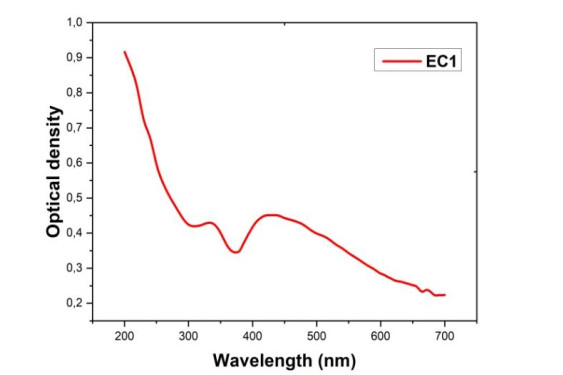
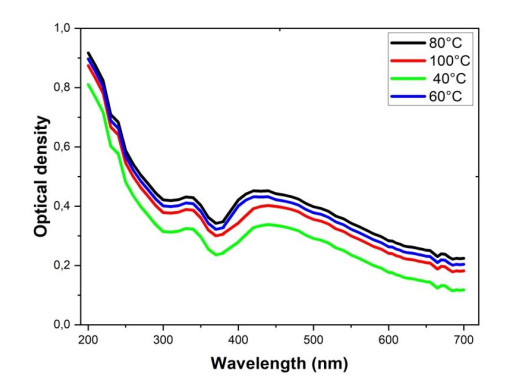
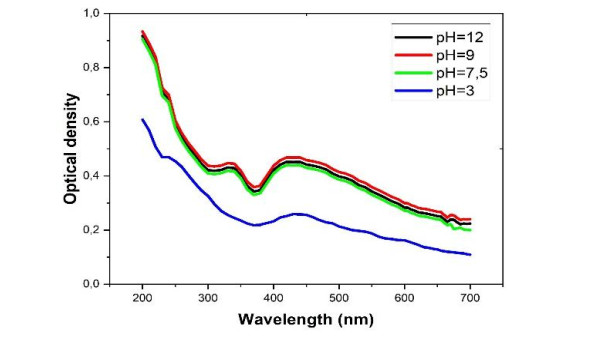
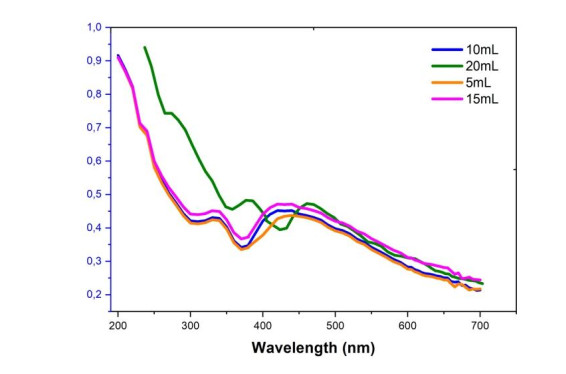
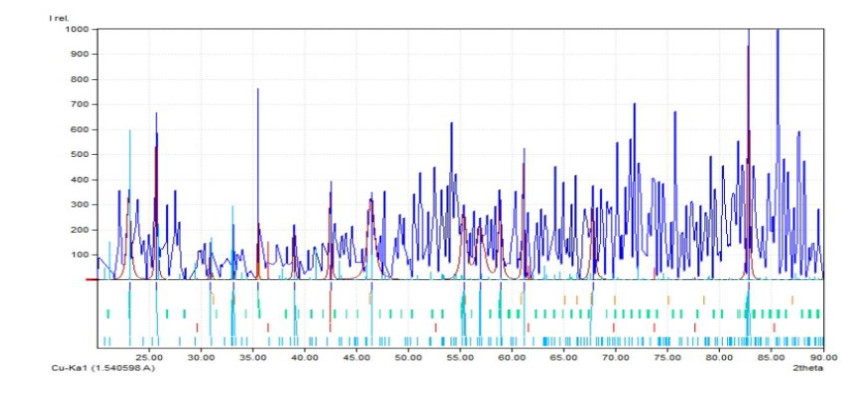
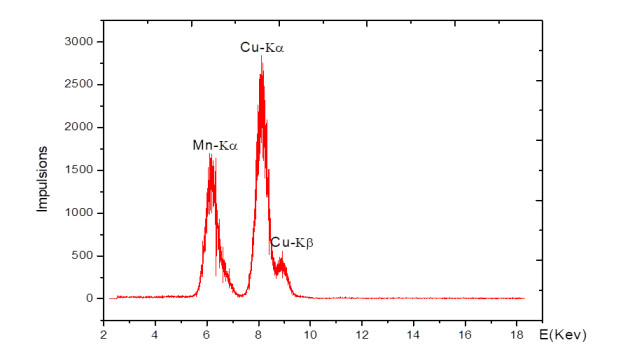
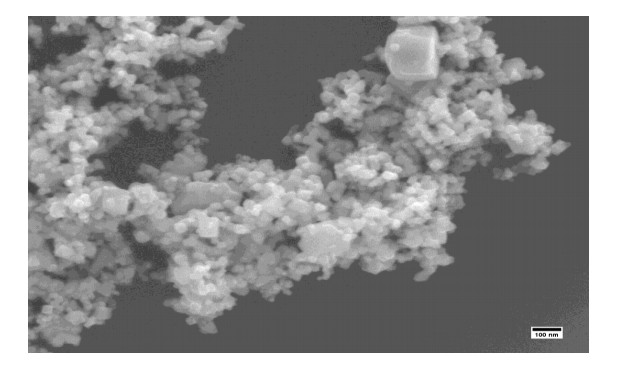
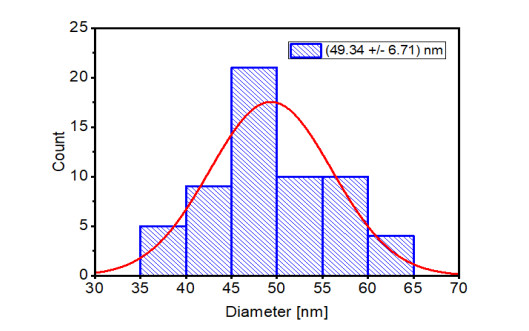
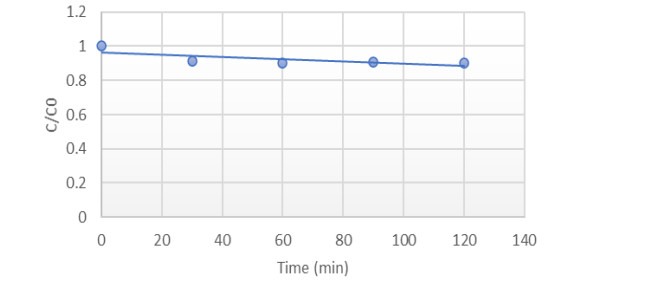
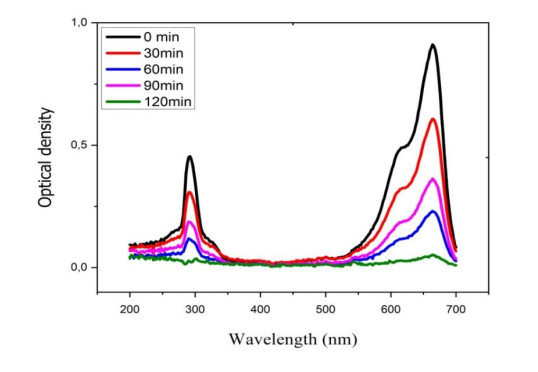


 DownLoad:
DownLoad: